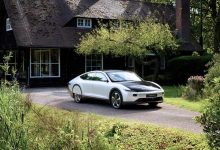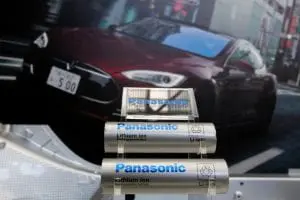Dutch solar car manufacturer Lightyear has unveiled the first prototype of a long-range solar production car vehicle, that promises up to 800km of range, and the ability to top up the vehicle’s charge through solar panels integrated into the car’s design.
The prototype was unveiled at the company’s base in Katwijk in the Netherlands and has been dubbed “the electric car that charges itself”.
Lightyear believes it may be possible for owners to drive up to 20,000km in a year, with the vehicle able to be self-charged through sunlight alone.
Lightyear has developed a system that allows for the vehicle to self-charge, supplementing the need to use grid electricity, drawing power from five square metres of solar PV modules integrated into the vehicle’s design.
The solar module has been added to the bonnet of the car, with another that runs from the car’s roof to its rear.
The solar module will trickle-charge the vehicle for as long as it is parked in the sun, with the company estimating that it will provide an additional 15km of range of each hour of solar charging.
Combined with the on-board battery, which can be charged by conventional means, the vehicle can feasibly be taken on trips of over 1,000km without needing to be connected to an external source of power.
“Two years of dreaming, thinking and working hard have led to this milestone, which is a giant leap towards achieving our mission of making clean mobility available to everyone,” Lightyear CEO Lex Hoefsloot said.
To read the full story on RenewEconomy’s electric vehicle dedicated site, The Driven, click here…










